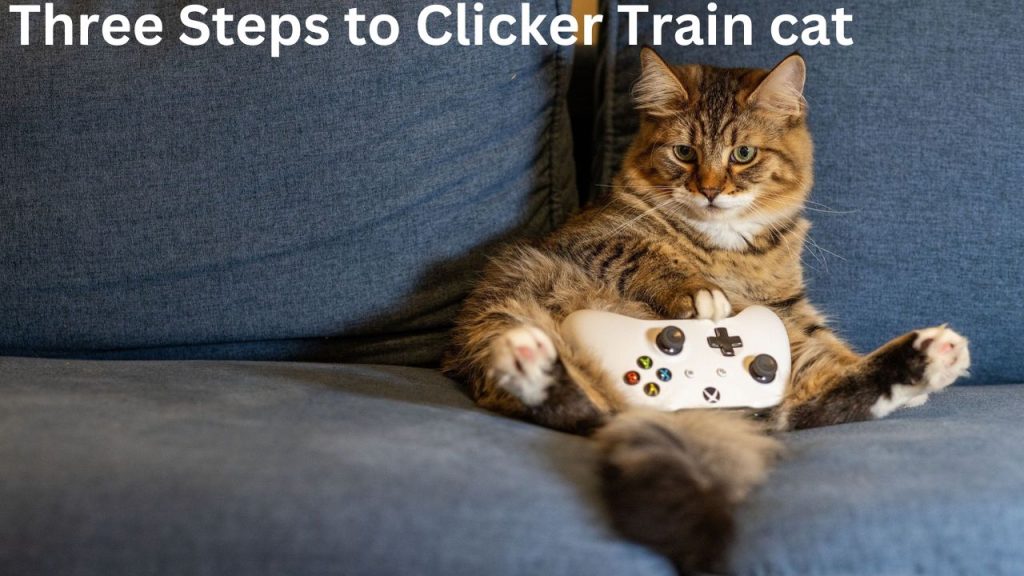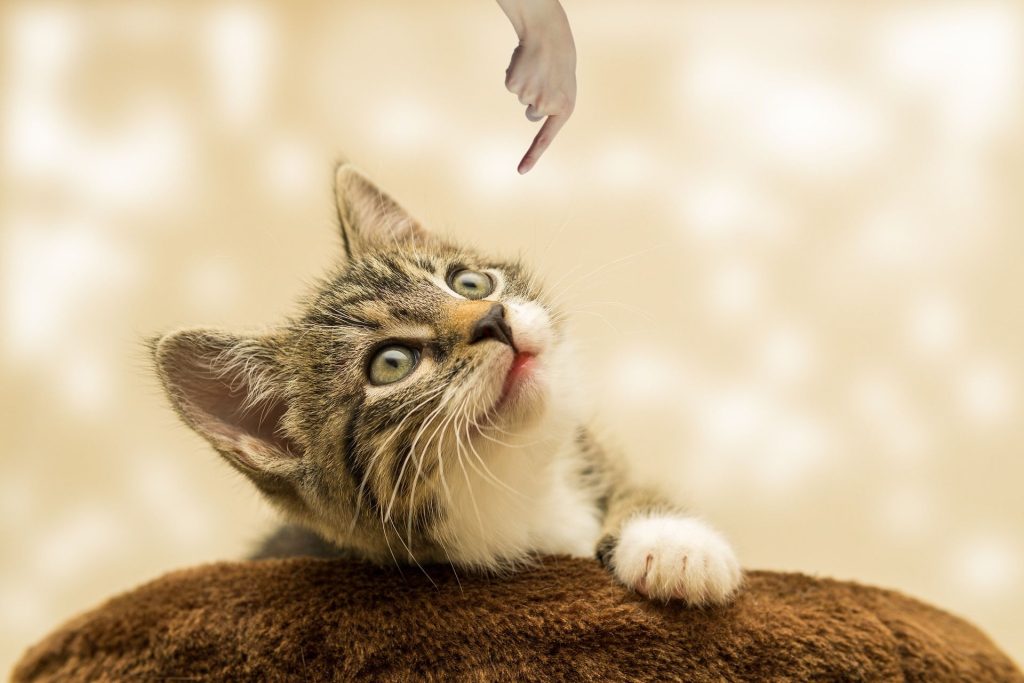Clicker training for cats is a simple, effective method to teach your cat new behaviours. In just three steps—don’t pre-feed, charge the clicker, and mark desired actions—you can see quick results. Discover how to train your cat efficiently using clicker training and strengthen your bond with your feline friend.
Clicker Training for Cats: A Simple and Effective Approach
Clicker training is an incredibly effective way to teach your cat new behaviours and reinforce the ones you want to see more often. It’s a straightforward method that utilizes the principles of classical conditioning, often referred to as “mark and reward.” If you’re looking to improve your cat’s behaviour or even teach them some impressive tricks, clicker training is the way to go.
Understanding Clicker Training

Clicker training basically focuses on the behaviours that you want to see more in your cat. Cats are going to repeat behaviours that give them what they want, aka treats. So, you might be wondering, where does the clicker come into play? The clicker, or marker, is going to indicate to your cat the exact moment when they are doing what you want them to do.
Clicker training is fairly simple. You’re going to be able to teach your cat almost anything with this system. It’s all about capturing the right moment and reinforcing it with something your cat loves.
How Long Does It Take?
Do you know how long it took me to teach my cat clicker training? One week! Clicker training is super simple, and you can teach your cat almost anything in that time. With consistent practice, you’ll be amazed at how quickly your cat catches on.
Three Steps to Clicker Train Your Cat

Let’s get into it—three steps to clicker train your cat.
Step 1: Don’t Pre-Feed Your Cat
The first step is crucial: don’t pre-feed your cat. Having free access to food is going to make your cat less eager to perform the behaviours that you want them to repeat because, at the end of the day, the way that you have to pay them is with treats. So, put your cat on a schedule.
I feed my cat three times a day, but there are plenty of people that do it twice, and that works perfectly fine as well. For instance, my cat, Mia, she’s a kitty, and I know that when mealtime is close, she’s not really going to listen. She’s so eager to eat that she’s going to be focused on the treats that I have in my hand or my pocket instead of focusing on what I’m asking her to do. I won’t be able to train her after I’ve fed her, and I won’t be able to train her either if she is super hungry. Get to know your cat, see what moment is best, but rule number one: don’t pre-feed your cat.
Step 2: Charging the Clicker
Step number two is charging the clicker. This is the most important step. If your cat doesn’t understand that the noise produced by this device is going to give them food, they’re never going to understand that you’re trying to reinforce the behaviour afterward. Do not make the sound if you’re not going to treat your cat. You want to make sure that whenever this device makes a sound, your cat knows that something good happened; otherwise, you’re going to mess up the whole thing.
What you’re going to do to charge the clicker is produce the sound and immediately after, give the reward—give a treat. Because I train with Mia quite a lot, I do not use treats. If I use treats, I make sure that I divide them into three or four pieces instead of giving a full treat because otherwise, she would be full and stop listening to me in two minutes. So, instead of using treats, I use kibble. It’s going to take a while for your cat to understand that after this sound comes a reward, so you want to do this for a while—three or four times a day, sessions of five minutes during a week. Consistency is key.
Step 3: Marking Desired Behaviours
The final step is marking those behaviours that you want them to repeat. The sound produced by this device is pretty unique, so it’s going to be easier to make sure that the cat links this sound—and this sound only—with the behaviour that you want them to repeat.
You can use any sound-producing device that’s going to have a sound that’s different enough that your cat is not going to expect a treat for no reason. But my recommendation? Go to Amazon and buy these clickers. I think this one cost three dollars—no big deal.
So, you want to produce the sound at the exact moment your cat does the behaviour that you want to see more often, such as scratching their cat tree instead of scratching your sofa. The timing of the click is essential because it marks the precise action you’re reinforcing.
First Trick: Finger Targeting

The first trick that I taught Mia was finger targeting. Finger targeting means that when I produce this movement, she’s going to try to touch my finger with her nose. This is super useful because I can ask her to go somewhere just by pointing with my finger. That was the first trick, and after that came many others—getting her into the carrier, getting her on my shoulder, and so on.
Conclusion
So, let’s wrap this up. Step number one: don’t pre-feed your cat. Step number two: charge the clicker. And step number three: start marking the exact moment when your cat does those behaviours that you want to see more often. Clicker training is a powerful tool that, when used correctly, can lead to a well-behaved and even trick-performing cat.




